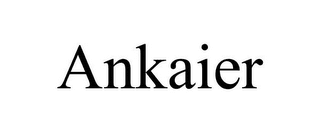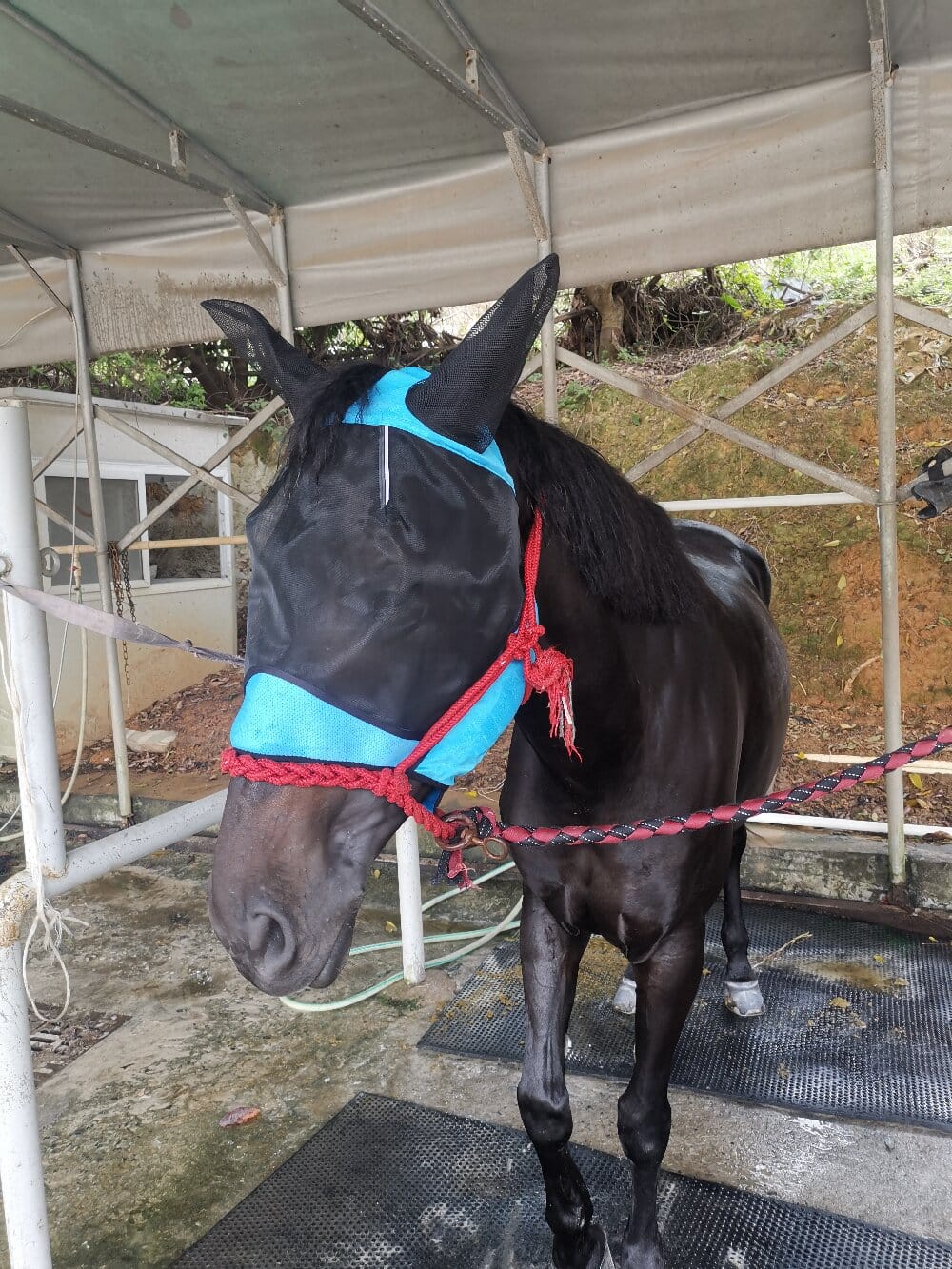As a long-time horse owner, my initial foray into purchasing a horse fly mask was driven by pure necessity. I watched my mare, restless and irritated, constantly swishing her tail and shaking her head to ward off relentless insects. It was a simple problem demanding a solution, but what began as a basic purchase evolved into a deep, technical analysis of this essential piece of equine equipment. I started to see these masks not just as mesh screens, but as sophisticated pieces of equine armor, each design choice representing a calculated response to a specific environmental or physiological challenge. This first-person perspective is the culmination of my research and experience, breaking down the critical components that separate a mediocre mask from an exceptional one.
Decoding the Material Science: More Than Just Mesh
The foundation of any effective fly mask is its material. Early in my analysis, I learned that not all mesh is created equal. I’ve moved away from stiff, abrasive fabrics that can rub a horse’s sensitive facial structure raw. My focus now is on advanced, durable yet soft polymers that offer superior airflow. The key technical metric here is the denier count—a unit of measurement for the linear mass density of fibers. A higher denier often indicates a stronger, more tear-resistant material, crucial for horses who enjoy a good scratch against a fence post. Furthermore, I look for materials with UV-protective properties, effectively creating a sunscreen for the horse’s face and eyes, protecting them from harmful ultraviolet rays that can lead to conditions like cancer and chronic irritation.
The Critical Role of Design and Ergonomics
Beyond the fabric itself, the ergonomic design is where true technical differentiation occurs. A poorly fitted mask can be worse than no mask at all. I analyze the contouring around the eyes, ensuring there’s ample space so the mesh doesn’t touch the eyelashes or cornea, which could cause discomfort or injury. The nose cover is another critical area; some designs extend to protect the muzzle from flies and sun, which I find invaluable for pink-nosed horses. The attachment system is a key technical feature I scrutinize. I prefer a breakaway-style safety tab, often made of Velcro or a lightweight elastic strap, which is designed to give way under significant pressure, preventing a potential panic-induced injury should the mask get caught on something.
Advanced Features: A Technical Deep Dive
The modern horse fly mask market has introduced features that go far beyond basic insect protection. One of the most significant advancements I’ve incorporated is the use of ear covers. These integrated, fine-mesh socks protect the ears from gnats and flies, which are a common cause of head-shaking syndrome. For performance horses or those with eye conditions, I specifically seek out masks with shatterproof, optical-grade polycarbonate eye panels. These panels offer crystal-clear vision while providing a physical barrier against projectiles like dirt, seeds, and twigs. For my horses in intense summer training, I’ve even utilized masks with moisture-wicking liners that help draw sweat away from the skin, reducing the risk of rubs and fungal infections.
My Personal Fitting and Maintenance Protocol
My technical approach extends to the fitting process and long-term maintenance. A perfect mask is useless if it’s the wrong size. I take precise measurements from the center of the throatlatch, up the side of the face, over the poll, and back down the other side. I also measure the width of the forehead and the length from the forehead to the tip of the nose if a full-face style is needed. Once fitted, my maintenance routine is non-negotiable for performance and hygiene. I adhere to a strict schedule of:
- Daily Inspection: Checking for tears, loose stitching, or dirt buildup that could irritate the skin.
- Frequent Cleaning: Gently hand-washing the mask to remove sweat, grime, and allergens that can degrade the material and cause dermatitis.
- Periodic Replacement: Recognizing that no mask lasts forever; UV exposure and wear-and-tear will eventually compromise the material’s integrity and protective qualities.
A Conclusive Assessment on Equine Well-being
Through this detailed, first-person technical analysis, my perspective has fundamentally shifted. A horse fly mask is no longer a simple seasonal accessory; it is a vital, engineered component of my horse’s health and comfort regimen. The interplay of material science, ergonomic design, and advanced features directly translates to tangible benefits: reduced stress, prevention of injury and disease, and an overall happier, more comfortable equine partner. By investing the time to understand the technical nuances, I can make an informed decision that provides my horse with the highest standard of protection, allowing them to enjoy their environment peacefully, which is, after all, the ultimate return on investment.

